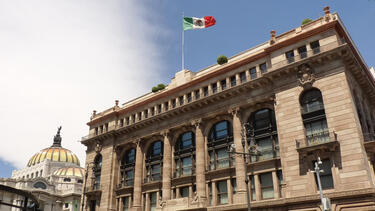Financial Crises
Should the Federal Reserve Reveal More about Its Stress Test Models?
Greg Feldberg, director of research at the Yale Program on Financial Stability, argues that the Fed already discloses more than any other authority in the world about its stress test models and warns that revealing more could repeat mistakes made in the run-up to the Global Financial Crisis of 2008-09.
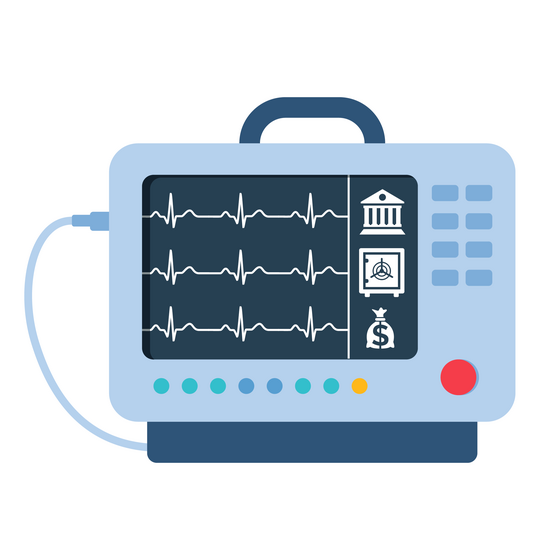
What Makes the UK a Model for Managing Risks to the Financial System
Yale’s Sigrídur Benediktsdottir and Greg Feldberg recently led an in-depth assessment of the UK’s systemic risk oversight as part of the IMF’s Financial Sector Assessment Program. They came away with new insights into one of the world’s leading models for managing financial system risk.
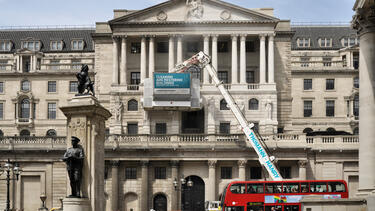
Inside the CDO Market That Catalyzed the Financial Crisis
“Inside the CDO Machine,” a special project from the Yale Program on Financial Stability, explores the first-hand perspectives of market participants.
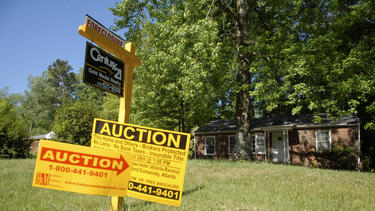
Can We Reduce Risk from the Shadow Banking System?
According to Prof. Andrew Metrick, new rules on banks have helped push risk to non-bank firms that aren’t subject to the same limitations. In a recent paper, Metrick and former Fed governor Daniel Tarullo propose ways to bring regulation of banks and this “shadow banking system” into better alignment.

Private Equity Investors Helped Stabilize Failed Banks During the Financial Crisis
A new study co-authored by Prof. Song Ma finds that during the financial crisis, private equity firms took on banks in poor health that other buyers didn’t want, and those banks performed relatively well under their new management.
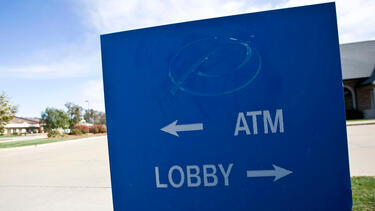
Is the Fed Ready for the Next Financial Crisis?
Yale SOM’s June Rhee discusses how the lessons of the global financial crisis prepared policymakers for COVID, and what tools they’ll need for future crises.
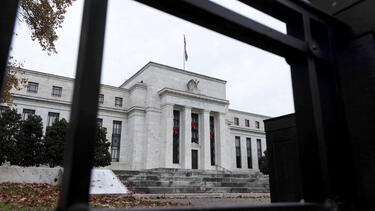
How ‘Stablecoins’ Could Unleash Chaos
Dollar-pegged cryptocurrencies are rapidly proliferating. But without regulation, these so-called stablecoins pose serious risks to the U.S. financial system, argue Yale SOM’s Gary B. Gorton and his co-author.
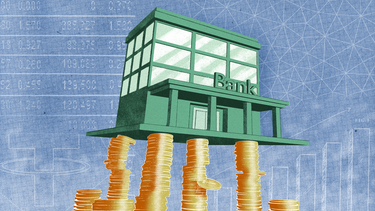
Study: Margin Trading Causes Stock Prices to Drop in Concert
During financial crises, stocks tend to fall together more than they should. A new study co-authored by Yale SOM’s Heather Tookes suggests that margin trading plays a substantial role in driving this downward spiral.
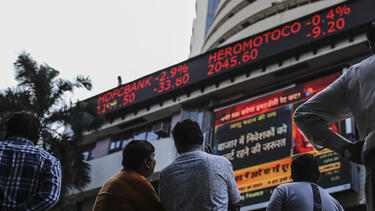
Should Governments Print Money to Make It through the Pandemic?
Central banks should consider bona fide debt monetization—money-printing—to help their governments cover some of the costs of the pandemic, argue Greg Feldberg of the Yale Program on Financial Stability and Aidan Lawson, a former YPFS research associate.
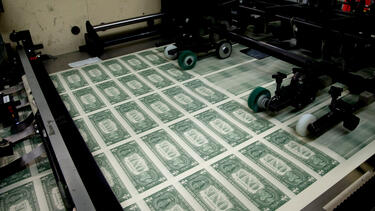
Awaiting the Will to Ensure Financial Market Stability
In a conversation with Yale SOM’s Andrew Metrick, Paul Tucker, chair of the Systemic Risk Council and former deputy governor for financial stability at the Bank of England, says that financial markets are still facing serious stability risks.
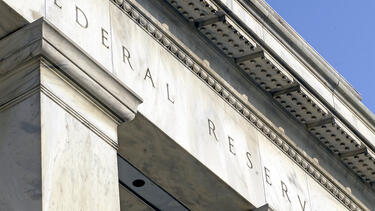
How is Mexico Navigating the COVID Financial Crisis?
In a recent online conversation hosted by Yale SOM, Mexico’s chief central banker discussed the country’s response to the economic distress caused by COVID-19—the country’s third financial crisis in recent decades.
